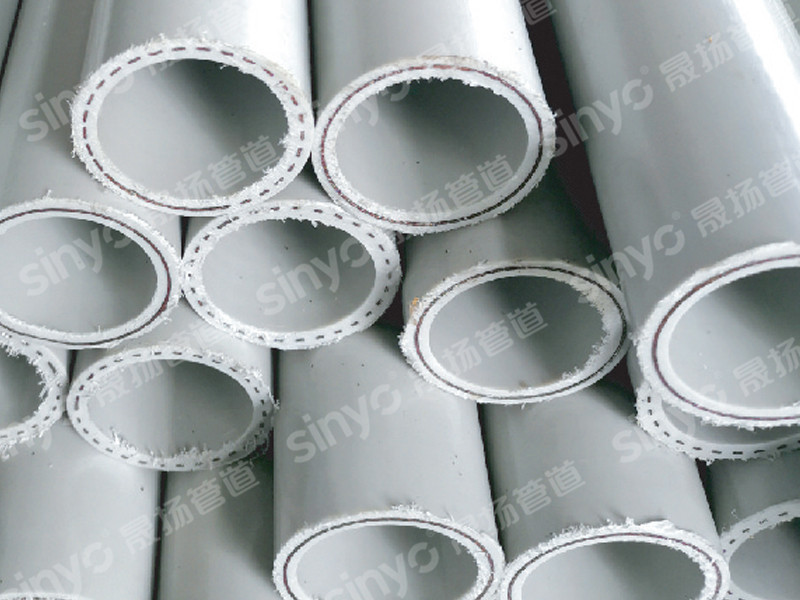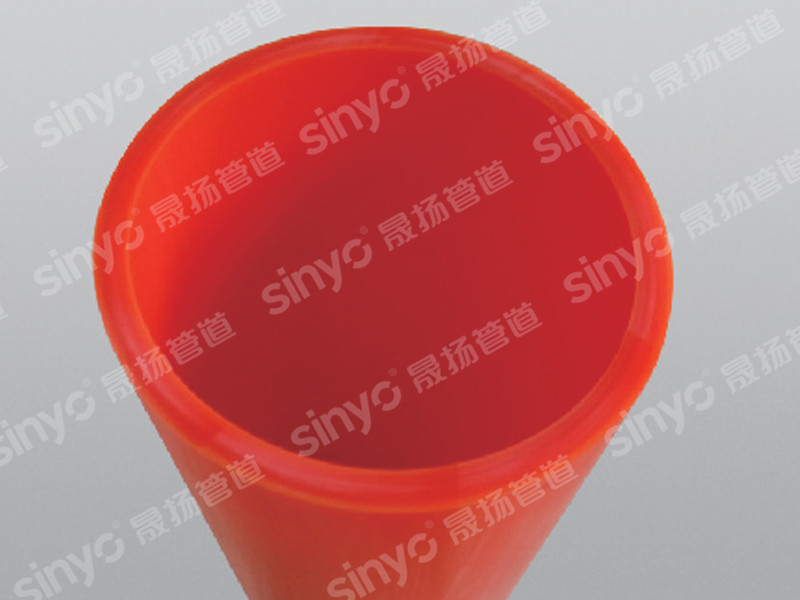What are the differences between PE pipes and HDPE pipes?
PE pipes are polyethylene plastic pipes. PE is one of the most basic plastics and has excellent resistance to most household and industrial chemicals. PE pipes can be divided into low-density polyethylene pipes, medium-density polyethylene pipes, and high-density polyethylene pipes.
Nov 19,2021
PE pipes and HDPE pipes are both common types of pipes, and many people may not be able to distinguish the difference between the two. Let's learn about them together now.
PE pipe is polyethylene plastic pipe. PE is the most basic type of plastic and has excellent resistance to most household and industrial chemicals. PE pipes can be divided into low-density polyethylene pipes, medium-density polyethylene pipes, and high-density polyethylene pipes.
HDPE pipe belongs to high-density polyethylene pipe in PE pipe. The material is "HDPE", which is a highly crystalline, non-polar thermoplastic resin. The original HDPE has a milky white appearance and is semi-transparent to a certain extent in thin sections.
In other words, HDPE pipe is a type of PE pipe, but compared with ordinary PE pipe materials, HDPE pipe has superior performance and a wider range of applications.
The main manifestations are as follows:
1. HDPE pipes must withstand a certain amount of pressure, and usually high molecular weight and good mechanical properties PE resin, such as HDPE resin, should be selected. Its strength is 9 times that of ordinary polyethylene pipes (PE pipes).
2. Among all engineering plastics, HDPE has the best wear resistance. The higher the molecular weight, the more wear-resistant the material is, even exceeding many metal materials (such as carbon steel, stainless steel, bronze, etc.), while ordinary PE does not have this characteristic.
3. HDPE pipe is a substitute product for traditional steel pipe and polyvinyl chloride drinking water pipe, while ordinary PE pipe is not.
4. General PE pipes (medium-density polyethylene pipes) are suitable for transporting gaseous artificial gas, natural gas, and liquefied petroleum gas. Low-density polyethylene pipes are soft pipes, while HDPE pipes (high-density polyethylene pipes) are mainly used for transporting natural gas, municipal water supply systems, building indoor water supply systems, outdoor buried water supply systems, residential areas, factory buried water supply systems, old pipeline repair, water treatment engineering pipeline systems, garden irrigation and other industrial water pipes.
Related News
Kongwang steel strip polyethylene composite pipe
Kongwang perforated steel belt polyethylene composite pipe is a composite pipe material with a perforated steel pipe welded from cold-rolled steel strip as the reinforcing skeleton and composite thermoplastic plastic. Due to the introduction of the reinforcing skeleton, the pressure resistance of the pipe is significantly improved. Different types and grades of thermoplastic plastics can be used to produce composite pipe materials for different purposes. The perforated steel belt plastic pipes produced by the company are divided into several uses according to their uses: water supply, underground gas, hot water, chemical, and special uses.
Development prospects of large-diameter (large-caliber) pressure pipes
The application of plastic pipes, both domestically and internationally, started with smaller diameters and gradually developed towards larger diameters. (There is no defined definition for large diameter; in this article, large diameter refers to diameters of 800mm and above.) It is worth noting that in recent years, there has been a major international trend towards the development of large-diameter plastic pipes, driven by environmental protection. As is well known, the world is currently facing a battle against climate change, and all countries must bear the responsibility of reducing carbon emissions. In the pipeline industry, there is undoubtedly a need to pay more attention to environmental impact.



